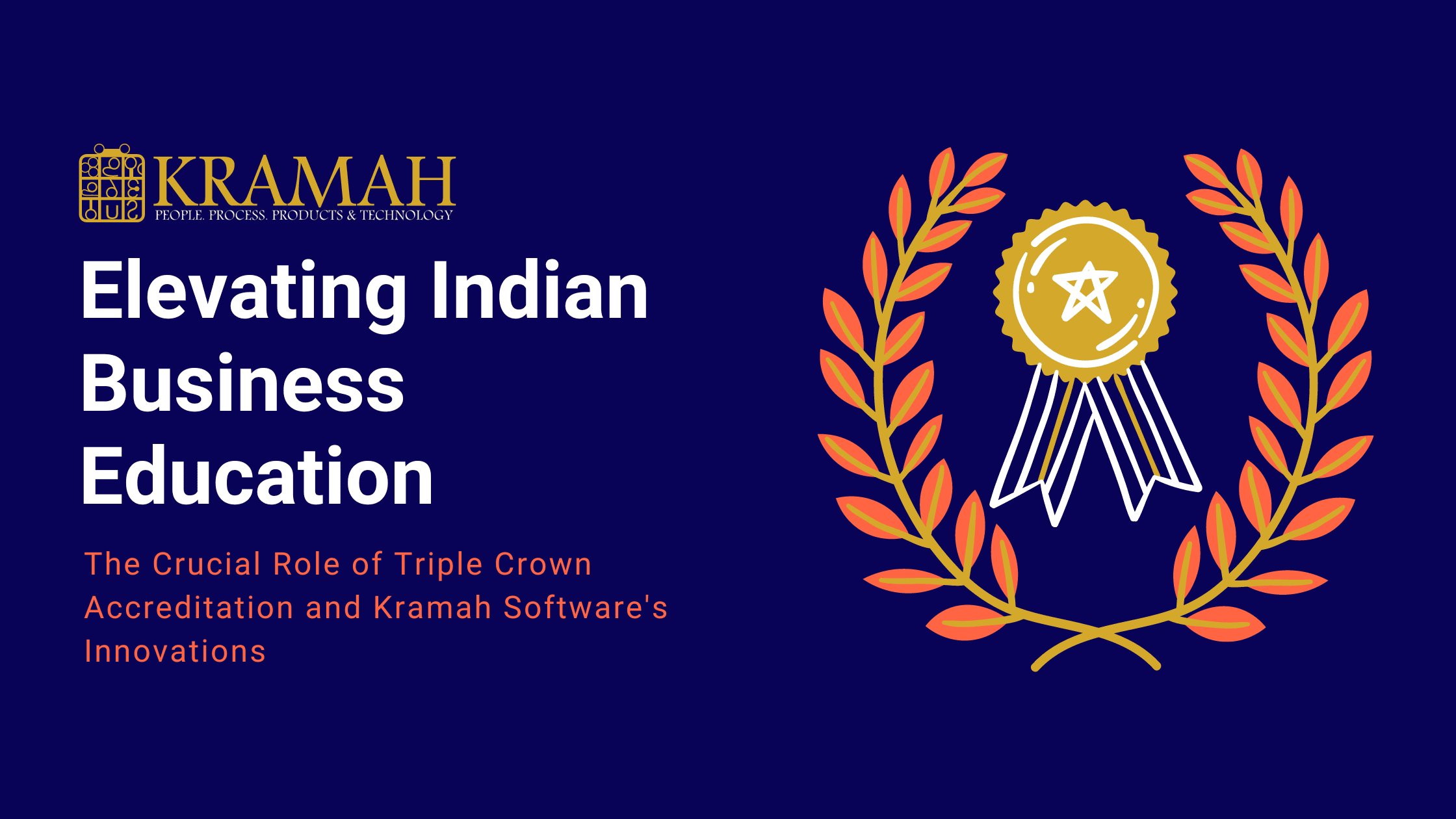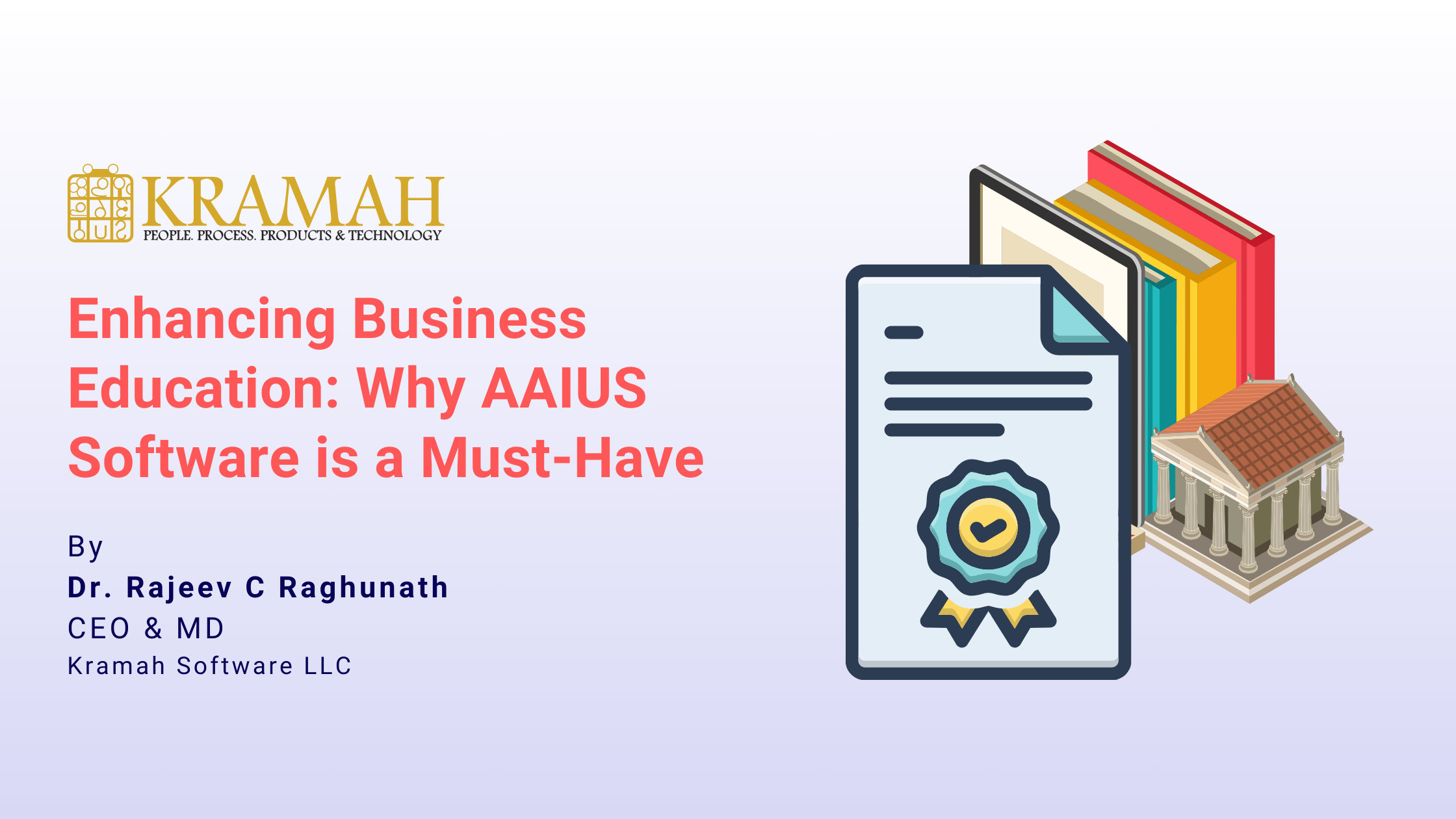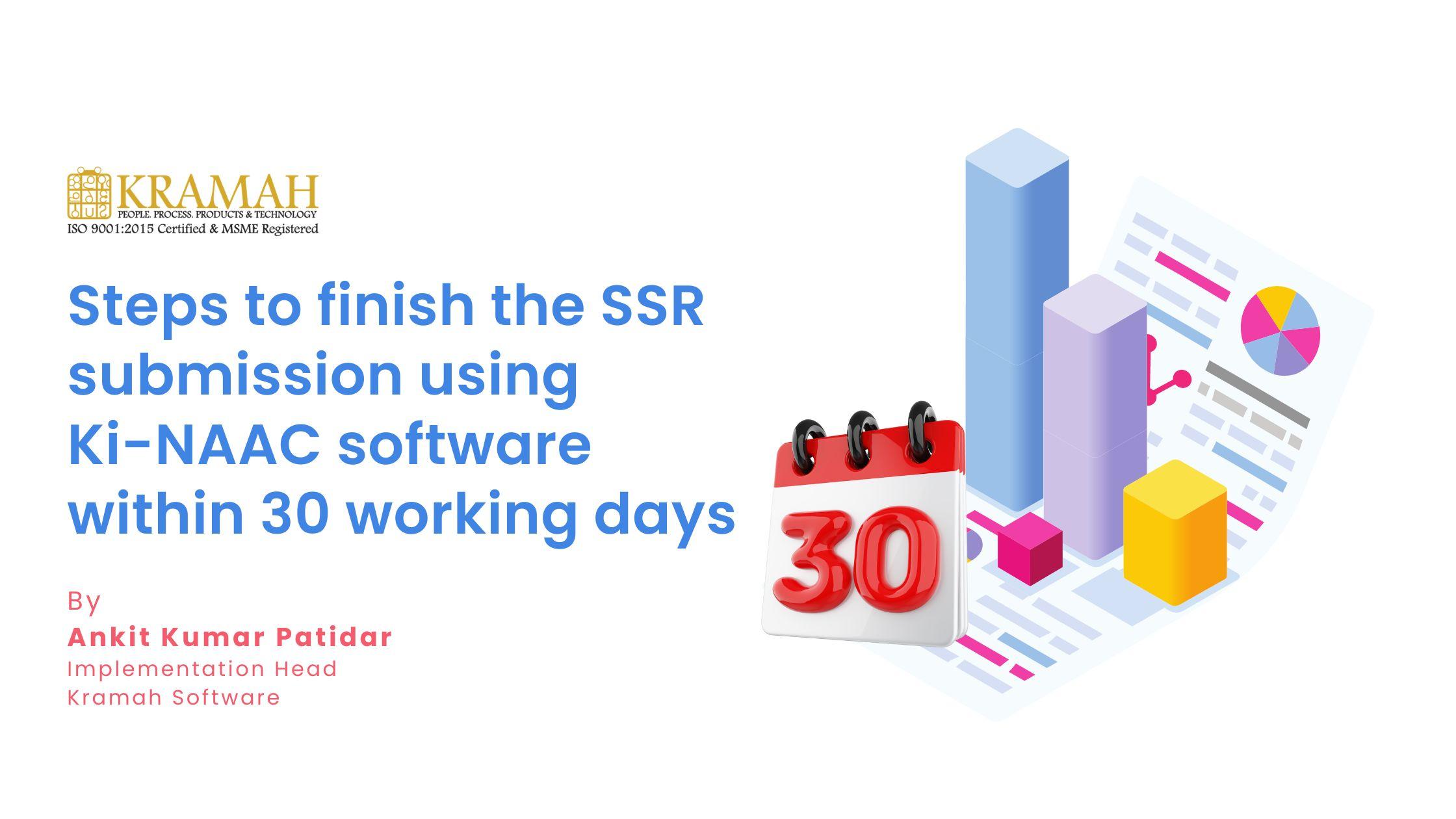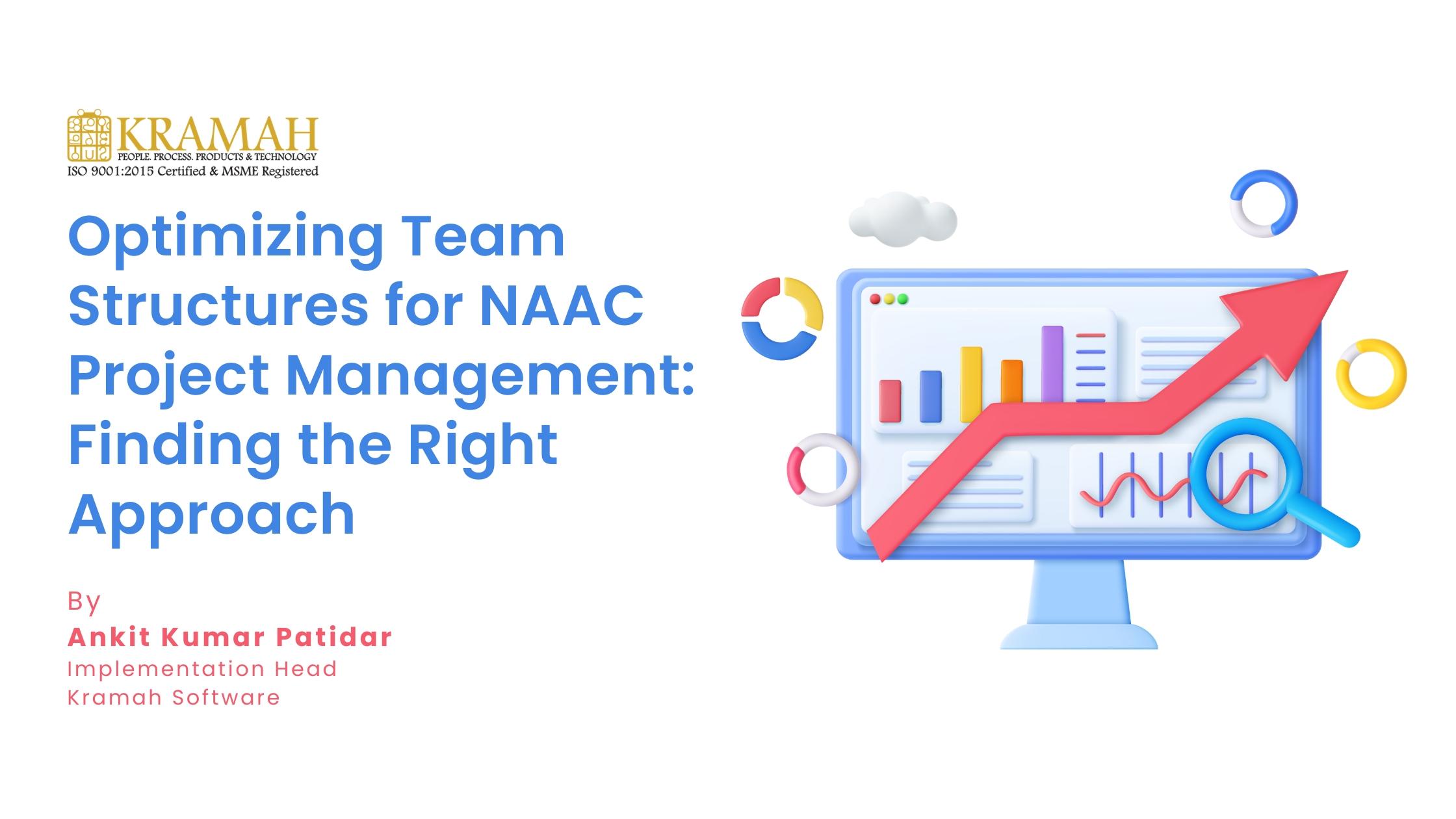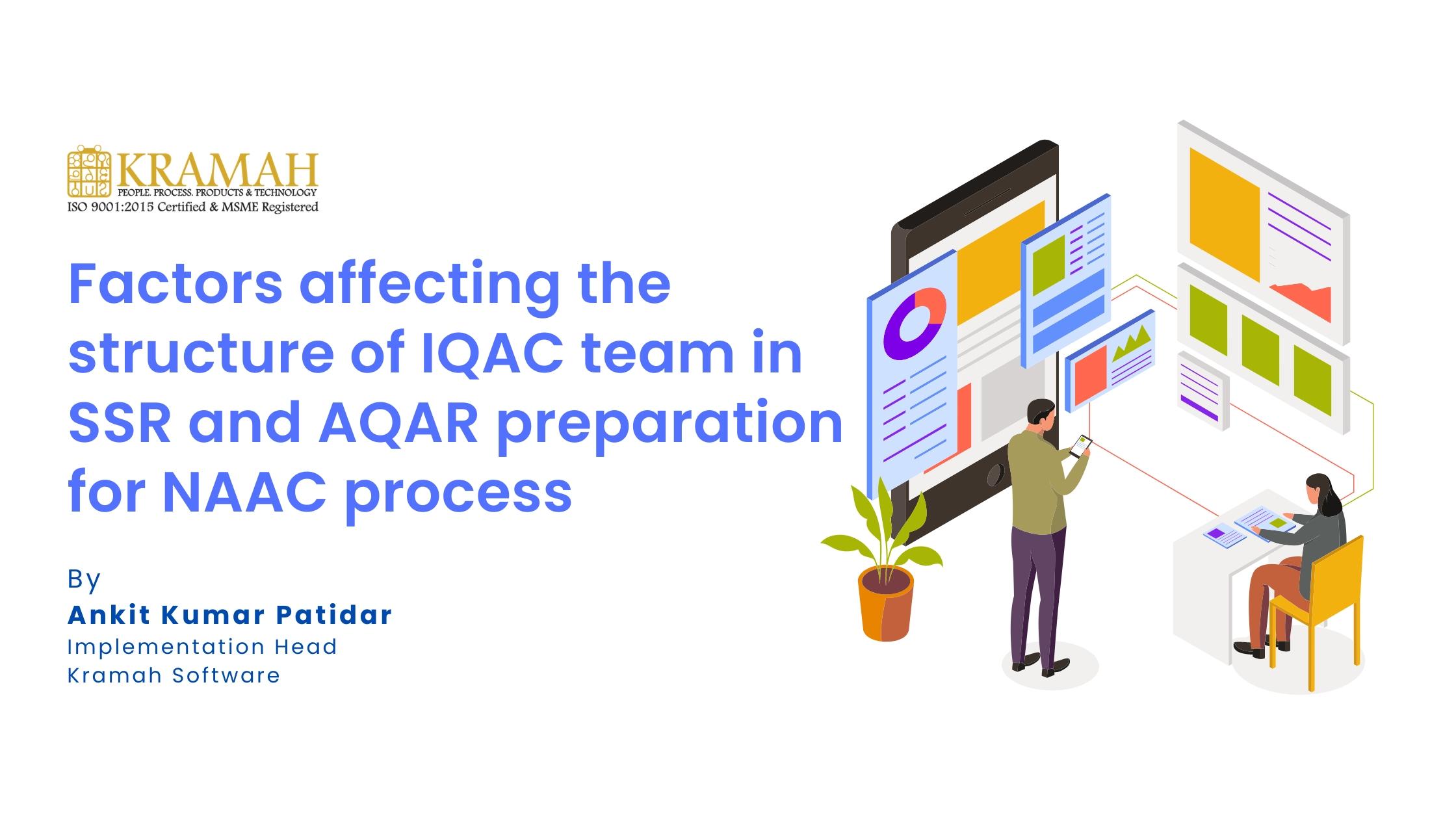Detailed Article on Triple Crown Accreditation for Institutes
In today’s fiercely competitive educational landscape, institutes worldwide strive for excellence and recognition. One significant way to achieve this is through accreditation. Among the various accreditation bodies, the Triple Crown accreditation stands out as the epitome of quality assurance and prestige. Comprising AACSB, EQUIS, and AMBA accreditations, the Triple Crown represents the highest echelon of international accreditation bestowed upon business schools and management education providers.
Introduction to Triple Crown Accreditation
Triple Crown Accreditation is a distinguished hallmark of quality and excellence in business education. It is a rare feat achieved by only a select few institutions worldwide. The accreditation signifies that an institute has met the rigorous standards set by three major accreditation bodies: AACSB, EQUIS, and AMBA.
Understanding AACSB Accreditation
AACSB International (Association to Advance Collegiate Schools of Business) is the oldest and most prestigious accrediting body for business schools worldwide. AACSB Accreditation is widely regarded as the gold standard in business education. Institutions accredited by AACSB demonstrate a commitment to continuous improvement, excellence in teaching, and impactful research.
Importance and Benefits
AACSB Accreditation provides numerous benefits to institutes, including enhanced reputation, increased credibility, and greater opportunities for collaboration and networking. It signifies that the institute has met strict criteria related to faculty qualifications, curriculum quality, and student learning outcomes.
Criteria and Process
To attain AACSB Accreditation, institutes must undergo a comprehensive review process, which includes self-evaluation, peer review, and continuous improvement initiatives. The accreditation criteria cover various aspects of business education, including faculty qualifications, curriculum design, research productivity, and engagement with the business community.
Insight into EQUIS Accreditation
EQUIS (European Quality Improvement System) is an international accreditation body operated by the European Foundation for Management Development (EFMD). EQUIS Accreditation is highly esteemed for its focus on global perspective, innovation, and corporate connections.
Significance and Advantages
EQUIS Accreditation enhances the international reputation of institutes and ensures they meet high-quality standards in management education. It emphasizes a global outlook, experiential learning, and close collaboration with industry partners. Institutes accredited by EQUIS demonstrate a commitment to excellence, diversity, and continuous improvement.
Evaluation Standards
EQUIS Accreditation criteria encompass various dimensions, including governance, programs, students, faculty, research, and executive education. The accreditation process involves a rigorous evaluation by international peer review teams, ensuring alignment with global best practices and standards.
Exploring AMBA Accreditation
AMBA (Association of MBAs) is a prestigious accreditation body focused on postgraduate management education. AMBA Accreditation is renowned for its emphasis on innovation, entrepreneurship, and leadership development.
Value and Merits
AMBA Accreditation signifies that an institute offers high-quality MBA programs that meet the needs of students, employers, and society. It validates the institute’s commitment to excellence in teaching, learning, and career development. Institutes with AMBA Accreditation benefit from increased visibility, credibility, and global recognition.
Application Procedure
To obtain AMBA Accreditation, institutes must undergo a rigorous assessment process, including self-assessment, peer review, and site visits. The accreditation criteria cover various aspects of MBA programs, including curriculum design, faculty qualifications, student support services, and alumni engagement.
Comparison of Triple Crown Accreditation with Individual Accreditations
While individual accreditations offer significant benefits, Triple Crown Accreditation provides a unique advantage by combining the strengths of AACSB, EQUIS, and AMBA. It demonstrates a comprehensive commitment to excellence in all aspects of business education, including teaching, research, and community engagement.
Importance of Triple Crown Accreditation for Institutes
Triple Crown Accreditation enhances the global reputation and competitiveness of institutes by signaling their commitment to excellence, innovation, and continuous improvement. It opens doors to international collaborations, student exchange programs, and research partnerships. Institutes with Triple Crown Accreditation attract top faculty, students, and employers, positioning themselves as leaders in business education.
Challenges and Considerations in Pursuing Triple Crown Accreditation
While the benefits of Triple Crown Accreditation are substantial, the accreditation process can be demanding and time-consuming. Institutes must invest significant resources in self-assessment, faculty development, and infrastructure enhancement to meet the accreditation criteria. Additionally, maintaining Triple Crown Accreditation requires ongoing commitment to excellence and continuous improvement.
Success Stories of Institutes with Triple Crown Accreditation
Several renowned institutes have achieved Triple Crown Accreditation, affirming their commitment to excellence and innovation in business education. These institutes serve as role models and inspire others to pursue accreditation excellence. Their success stories highlight the transformative impact of Triple Crown Accreditation on institutes, faculty, students, and the broader business community.
Conclusion
In conclusion, Triple Crown Accreditation represents the pinnacle of quality and excellence in business education. It is a testament to an institute’s commitment to continuous improvement, innovation, and global relevance. Institutes that achieve Triple Crown Accreditation distinguish themselves as leaders in the field, attracting top talent, fostering impactful research, and making a positive difference in society.
FAQs
Can any institute achieve Triple Crown Accreditation?
Absolutely! It’s an emotional journey filled with challenges and triumphs, but with dedication, any institute can strive towards this prestigious recognition.
What are the benefits of Triple Crown Accreditation for students?
Triple Crown Accreditation empowers students, giving them a sense of pride and assurance in their education. It opens doors to exciting opportunities, helping them pursue their dreams and make a meaningful impact.
How long does it take to obtain Triple Crown Accreditation?
The journey varies for each institute, but with patience and determination, it’s an emotional milestone worth striving for.
Is Triple Crown Accreditation recognized internationally?
Absolutely! It’s celebrated globally, resonating with stakeholders worldwide as a symbol of excellence and distinction.
What role does Triple Crown Accreditation play in rankings?
It’s not just about rankings; it’s about creating a transformative educational experience that inspires institutes to reach new heights of success and significance.


